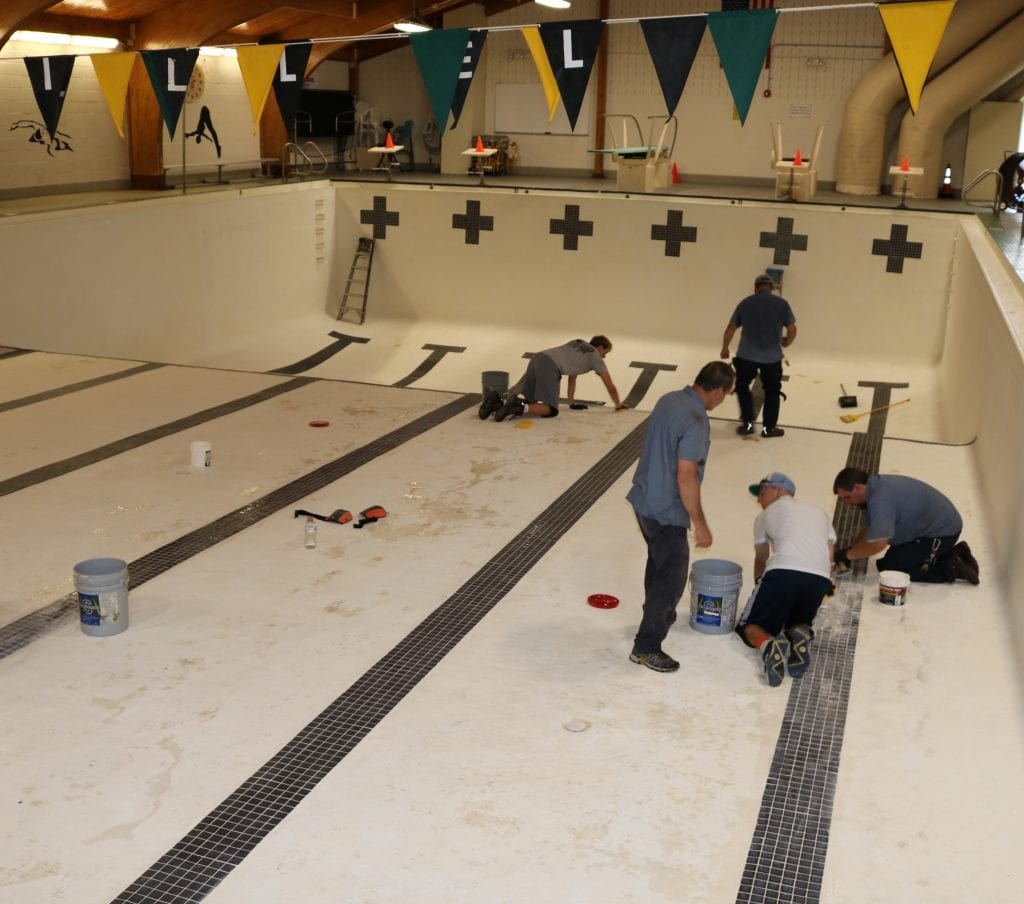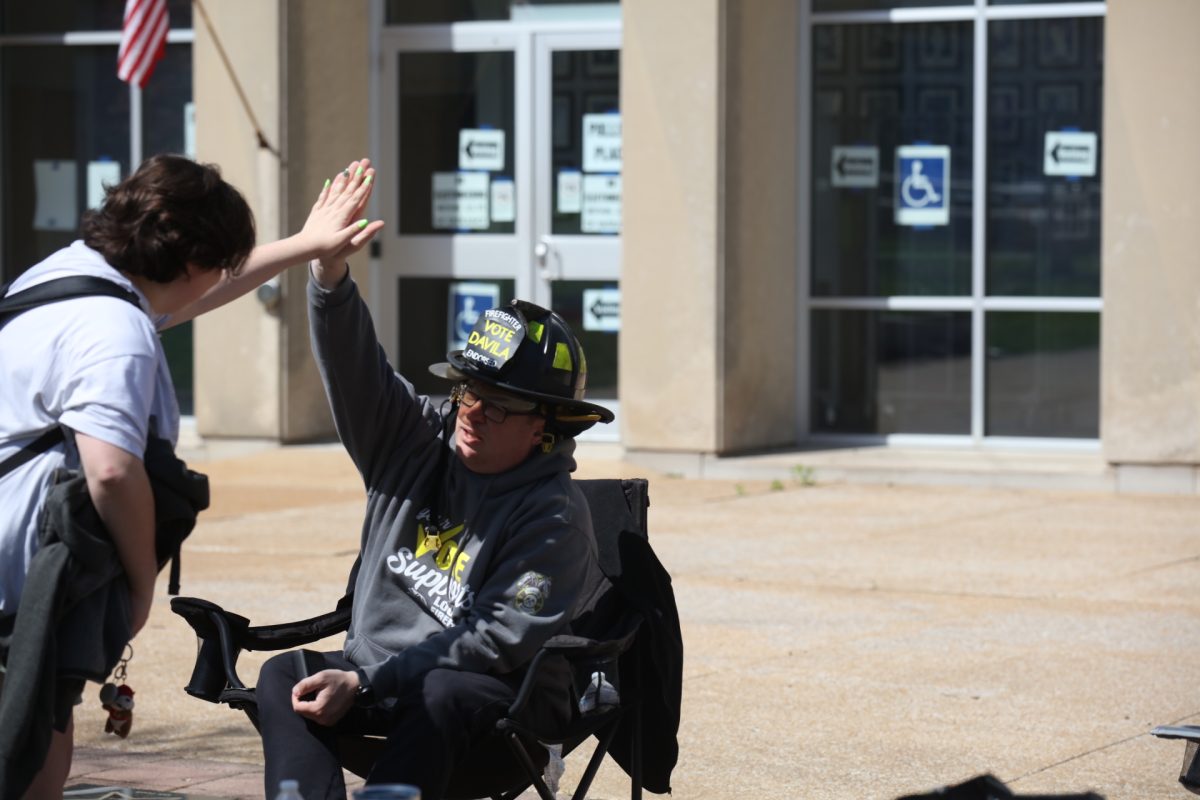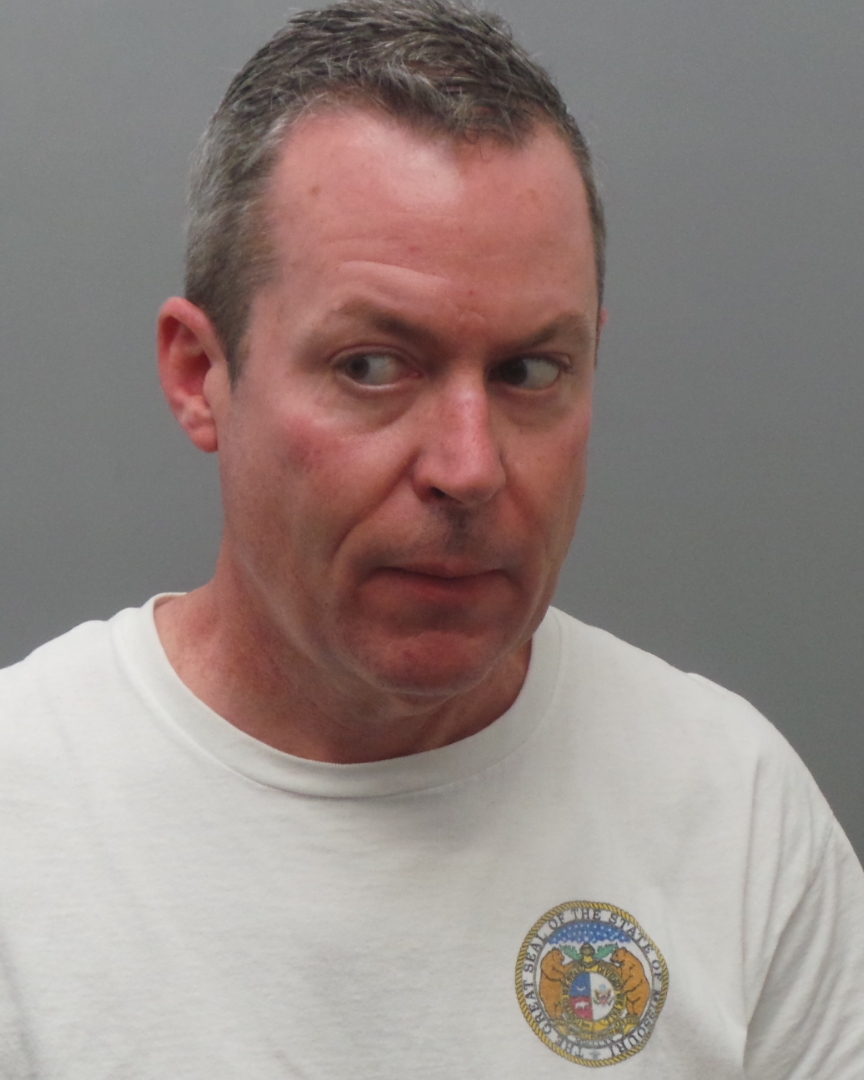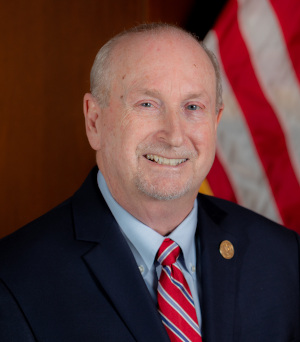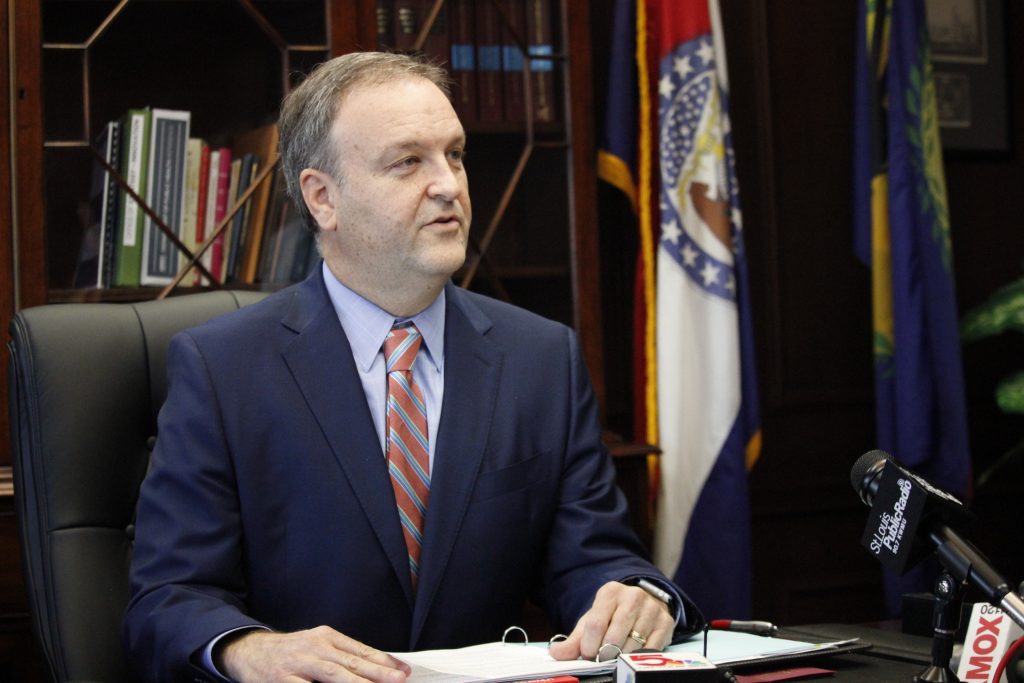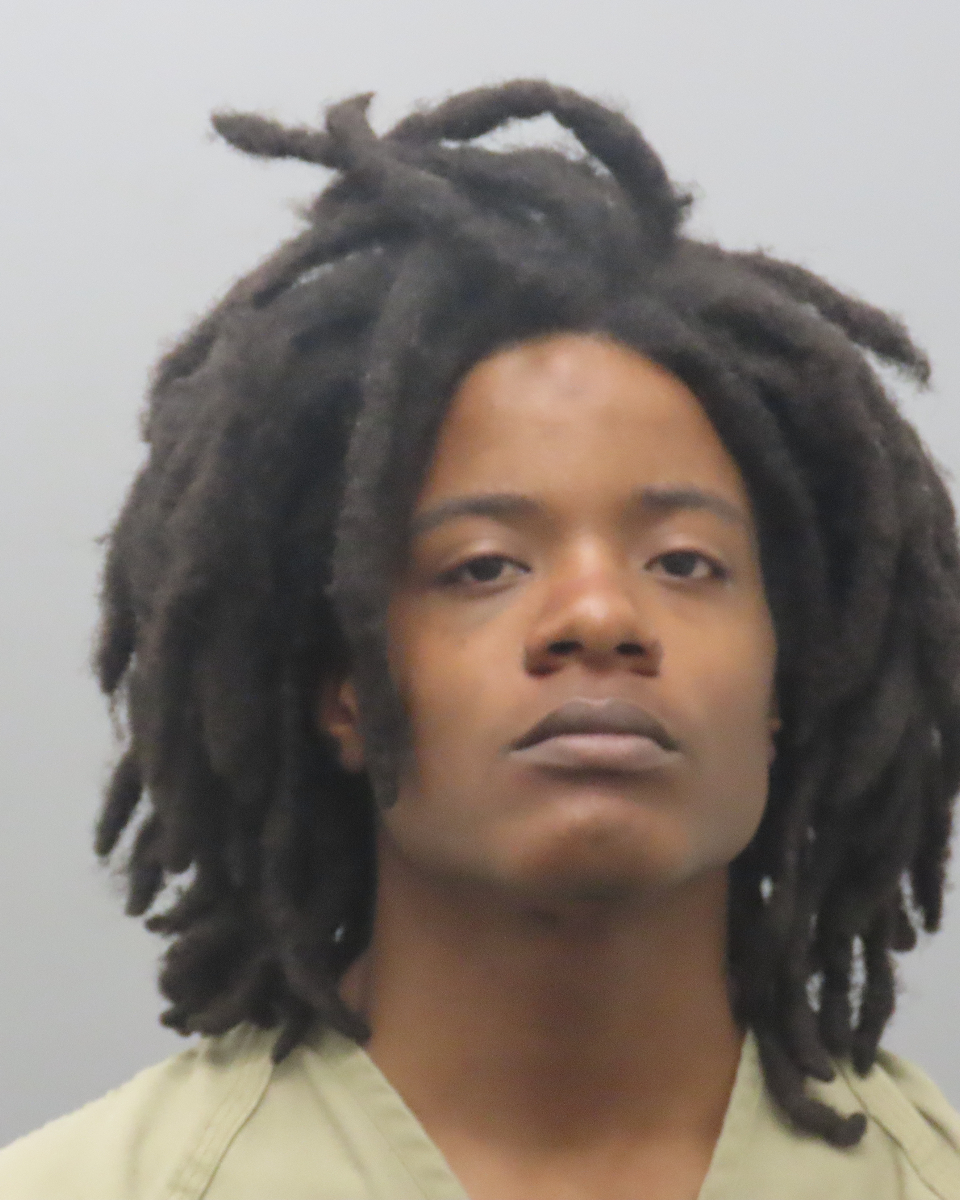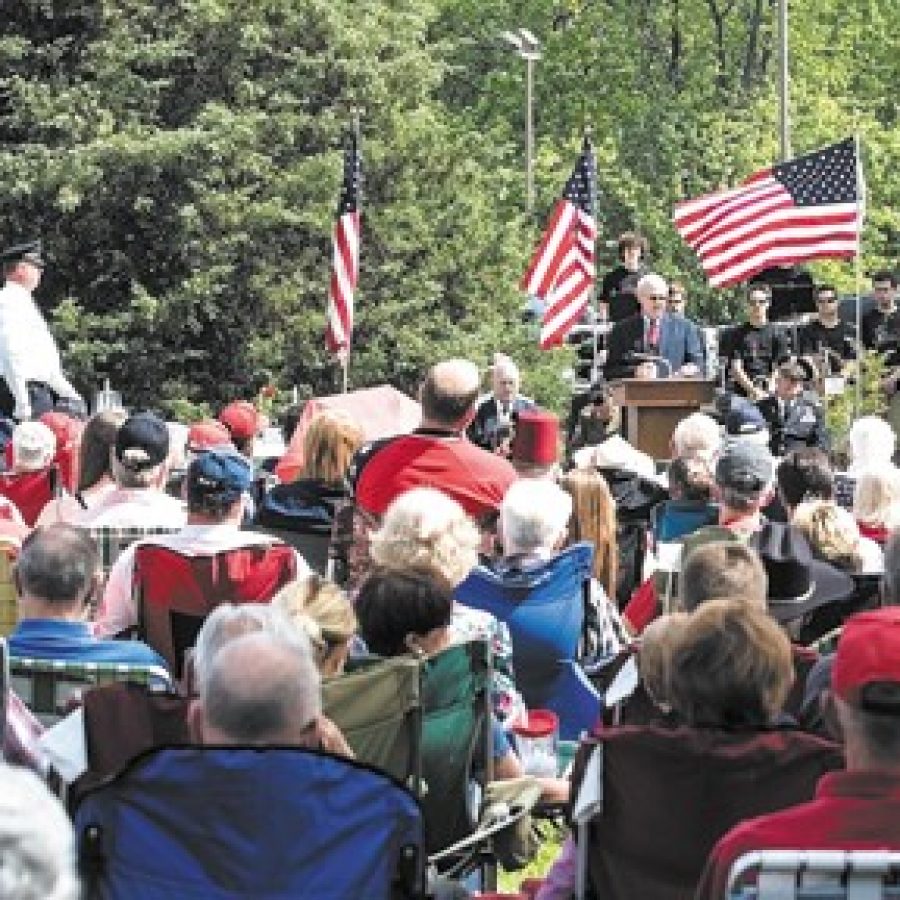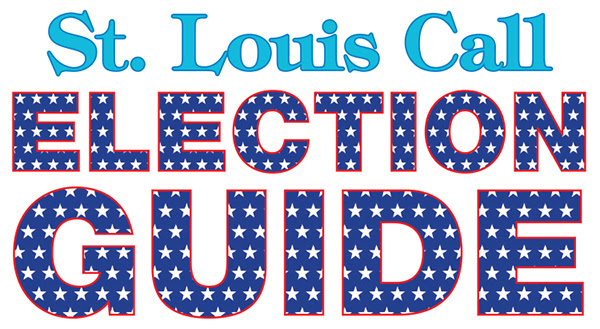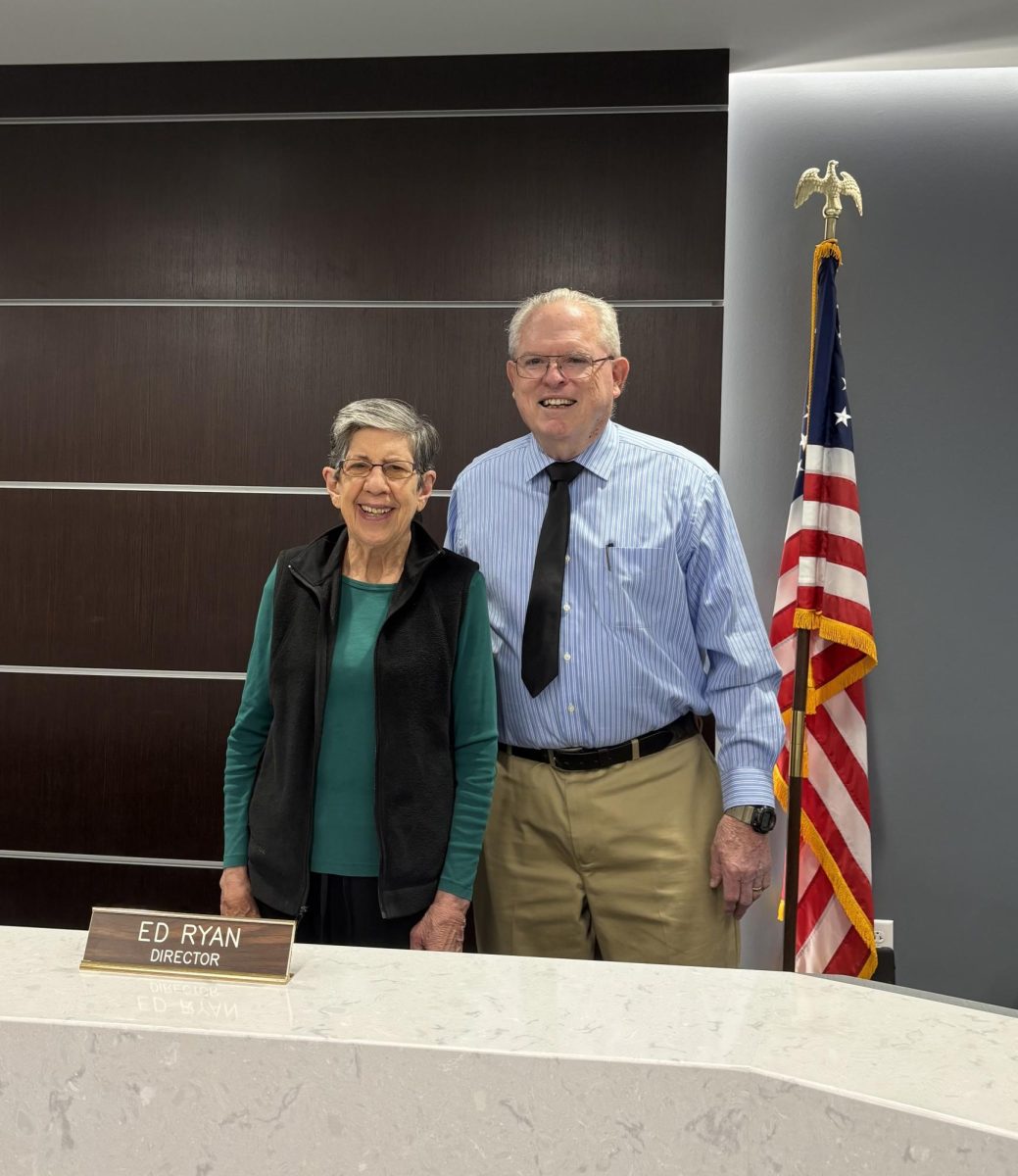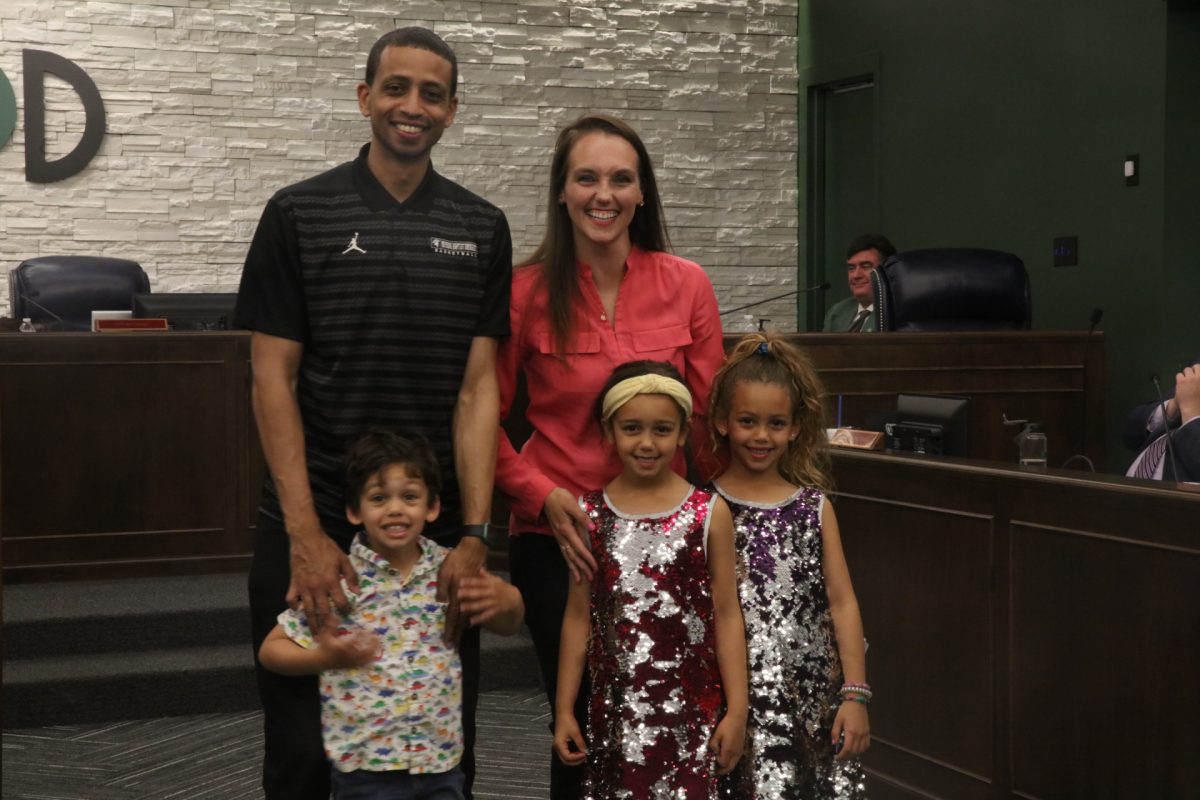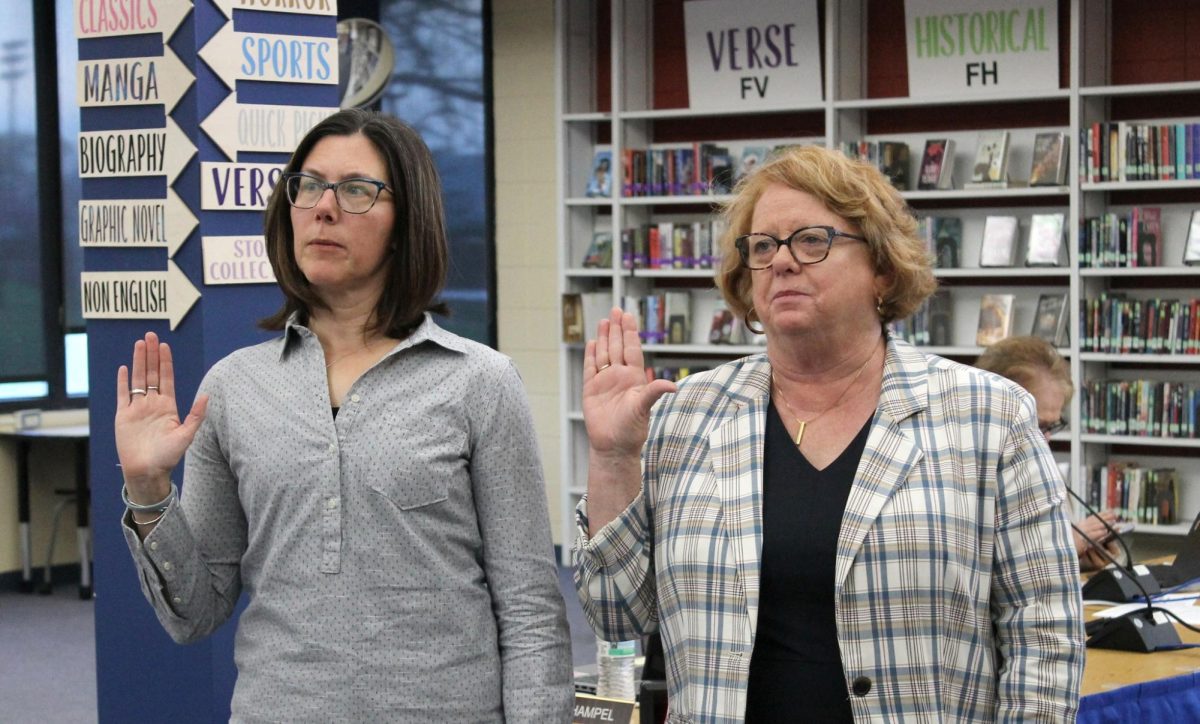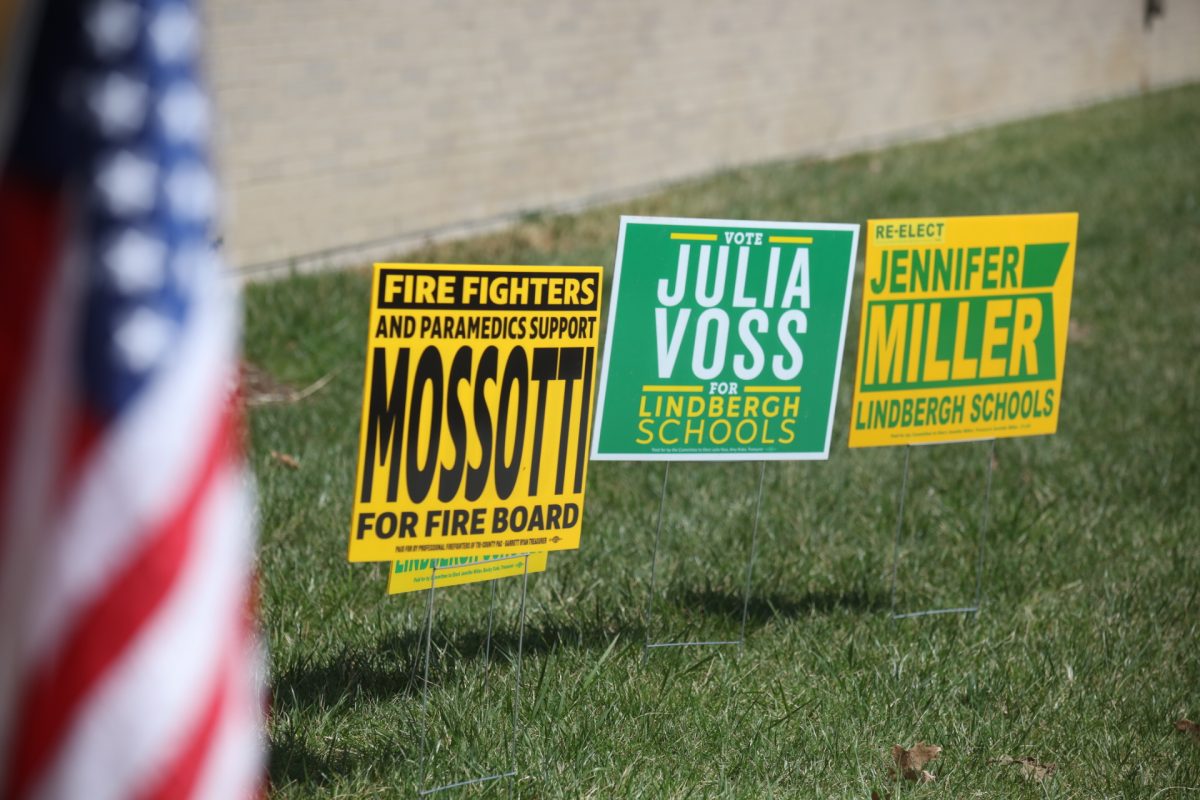The Mehlville Board of Education declined last week to place a no-tax-rate-increase bond issue on the Nov. 3 ballot.
The board cited concerns that the economic fallout from the COVID-19 pandemic as well as the decision to start the school year virtually would present challenges for successfully convincing enough voters to approve the measure in just over two months.
Ultimately the board did not take a vote on whether or not to place the measure on the November ballot with the understanding that it would be looked at later, possibly for the April 6, 2021 ballot.
For the last 18 months a Facilities Steering Committee composed of nearly 40 parents, teachers and community members toured 18 of the district’s 19 facilities to prioritize future facility needs using those tours as well as surveys of teachers, parents and students from each school.
At the conclusion of the Facilities Steering Committee’s work, the committee identified more than $237 million in projects, although Superintendent Chris Gaines said many of the projects were “wants” rather than needs. The committee narrowed the list down to just the needs.
The $35 million bond issue would fund $7.3 million in HVAC, $2.8 million in restrooms, $2.7 million in roofing, 2.2 million in contingency funds, $1.9 million in Americans with Disabilities Act compliance projects and $900,000 in parking.
“We’re almost to the point now with COVID that HVAC is almost a safety issue. We will be increasing the amount of outside air … that we’ll be pumping into the buildings,” said Gaines.
The district has the option to ask voters if they want to funnel 12 cents from the 45 cents of the current Proposition P tax levy into facilities investments, while using 33 cents to continue funding operations.
While he did not outright tell the board that he preferred November, Gaines said the district already has bids for some of the projects that would be funded by the bond measure and that if it passed in November, work could be started on some of those projects relatively quickly. A delay means projects might not start until 2022.
Had the board decided to place the measure on the November ballot, it would have had to vote by its August meeting. Placing a measure on the April 2021 ballot requires a decision by January.
However, like so many things this year, the COVID-19 pandemic has created unforeseen challenges, even for plans many years in the making.
However, board member Larry Felton argued that without large rallies, that “enthusiasm and energy … (and) ability to connect with people” would be problematic. With so many mail-in votes this year, “what would be the strategy to get out and explain this to everyone as no-tax, where the values are, the emphasis on safety and just maintenance of buildings?” he said.
Vice President Peggy Hassler, who worked alongside board President Kevin Schartner in 2015 advocating for ballot measure Proposition R, said, “The public has a very short attention span, so we do have time to get it out in my opinion. … Not to mention we have people who know how to run these things now in the community because we’ve done it. I do think we could go hard and go big and get the message out. I don’t think that’s as big of a problem as we are making it.”
Others agreed with board member Lisa Messmer, who was concerned about the impact the virtual start to the school year, with no children physically present in buildings, could have on a ballot question about facilities.
“To me, it doesn’t seem like November is the right time,” said Messmer.
Schartner was concerned about families struggling with economic impacts from the pandemic, including child care.
“There’s a lot of people right now who are spending more money on child care or maybe even having difficulty finding that,” he said, adding, “Everyone’s trying to find ways to deal with this, and I just wonder if it comes off a little tone deaf … if we push this right now.”



